
Title image above is copyright © Kristi Ellinopoullos
First published 6th May 2025
On Bulbs
“Bulb” in the botany world has a very precise meaning — it is the underground stem (yes, stem) of a plant, made of fleshy leaves and used for food storage during dormancy.
A bulb is an organ. Other plant organs with similar roles as bulbs include corms, rhizomes and tubers, but these are structurally different to one another as well as to bulbs.
As corms look very similar to bulbs at first glance, these and their differences to bulbs will be covered below.
Here is a classic botanical bulb, a red onion (Allium cepa), showing the dried leaf remnants at top:
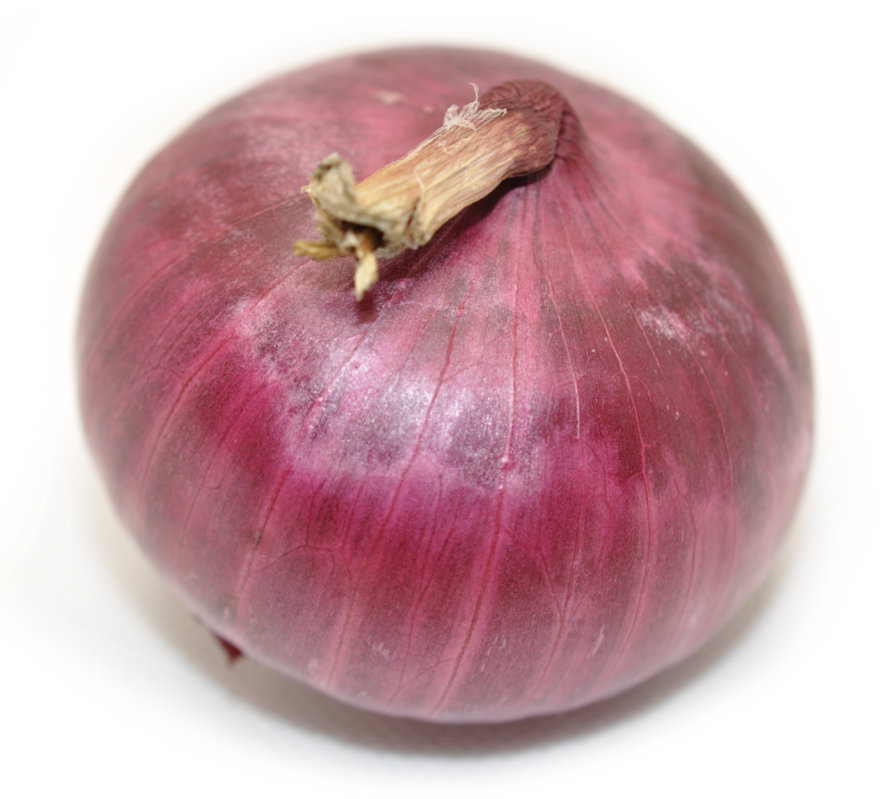
copyright © Kristi Ellinopoullos
and the root remnants below:
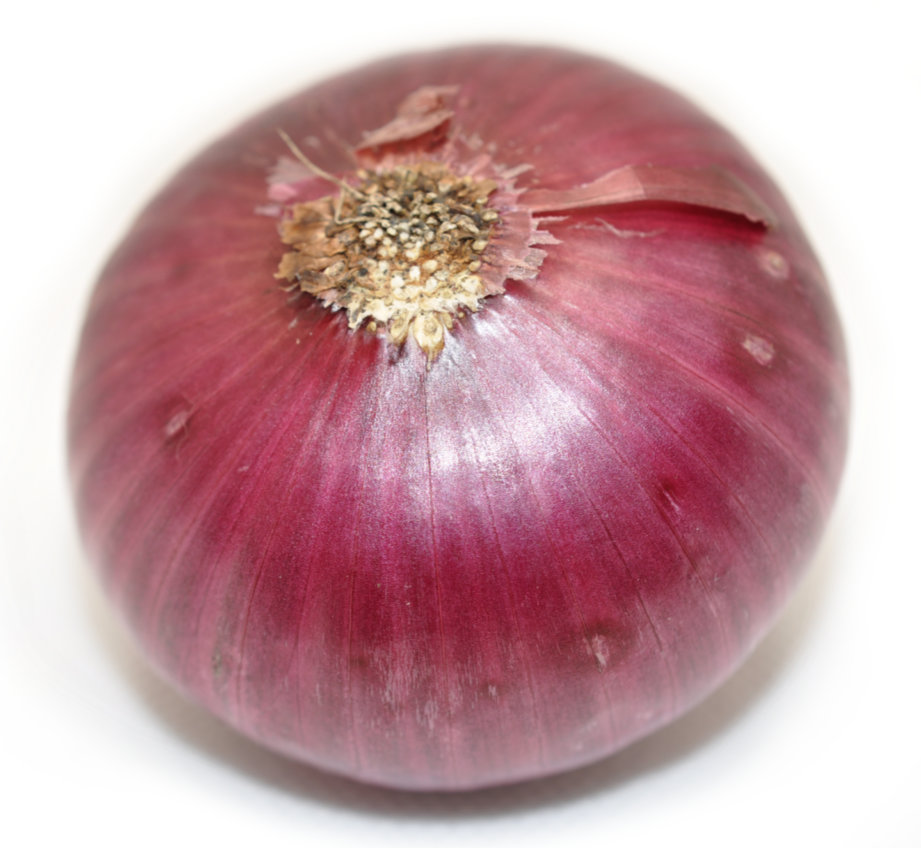
copyright © Kristi Ellinopoullos
Let’s do a longitudinal section (a cut through the vertical), and label what we see:
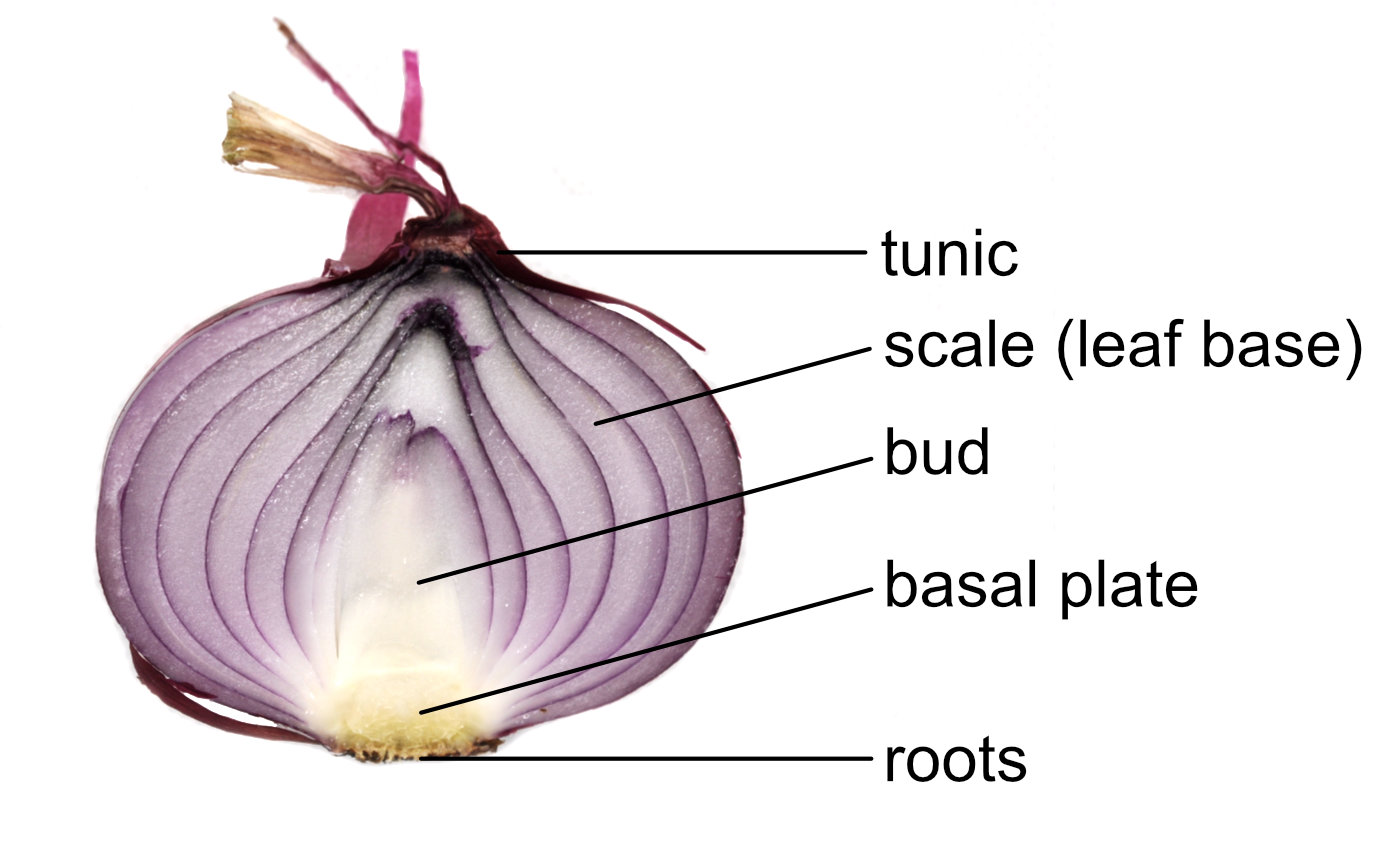
copyright © Kristi Ellinopoullos
The basal plate is a highly reduced stem, from which grow the fleshy modified leaves (called scales*) to form what we’d call an onion. These are actually the leaf bases (bottoms) — the part which attaches directly to a stem or to the stem via a stalk called the petiole.
* Scales aren’t unique to bulbs. They are simply modified leaves with a protective role, and tend to be reduced in size and of a different texture to foliage leaves. Scale leaves can be drier, more papery, more fleshy, or even more leathery than the foliage leaves. You may know scale leaves as the tiny protective leaves covring the buds of fruit trees through winter.
These scales store the sugars this bulb would draw on after winter dormancy, to shoot new leaves from the top of the basal plate and new roots from underneath the basal plate. Eventually a seeding flower stalk would also grow from this plate. (Many bulbs cycle between a vegetative stage (growing a bulb) and a reproductive stage (growing a flower with seeds).
The very thin papery outer layer is called the
On Corms
“Corm” in the botany world also has a very precise meaning. A corm at first glance looks very much like a bulb, and is often mistaken for, and called a, bulb. This is easy to do, as a corm is also both an underground stem of a plant and a storage organ. Some corms also have tunics.
Many people may never have even heard the word “corm” to know to use it at all.
Below are saffron (Crocus sativus) corms, and the external similarities to a bulb are evident. It is very easy to identify the leaf end from the root end. The long, vertical fibres following the shape of the corm from root end to leaf end are the tunic:
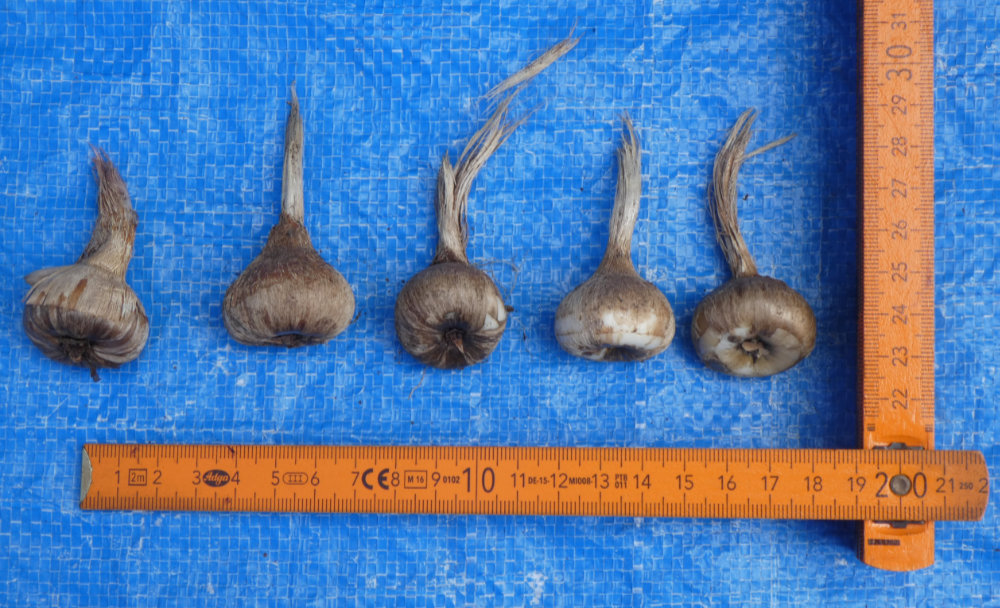
copyright © Kristi Ellinopoullos
However, intenally, while a bulb is a stem made of fleshy layers of modified leaves, a corm is a stem made of solid tissue.
Another cormous species is the water chestnut (Eleocharis dulcis). The plant here is 600 mm in length but can easily get to a metre:
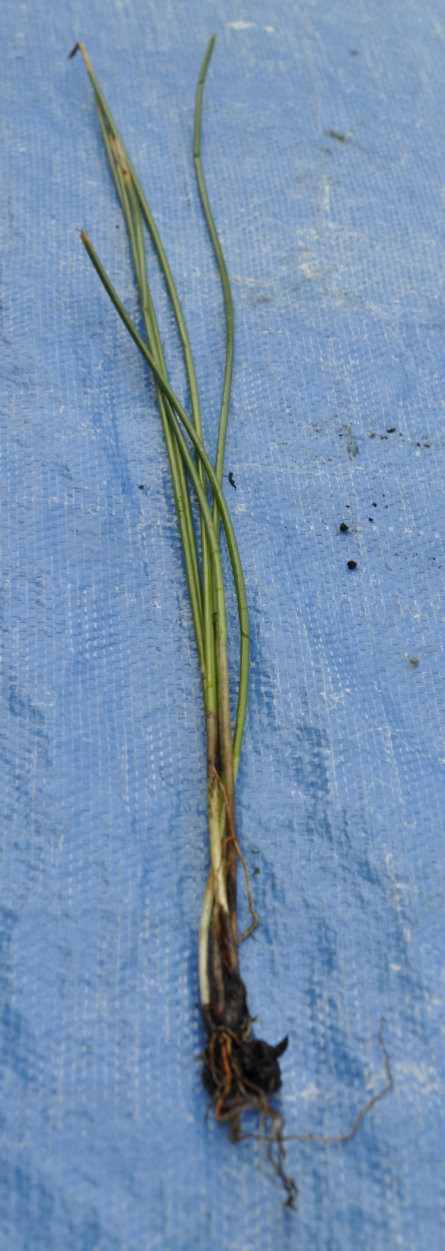
copyright © Kristi Ellinopoullos
Here are two corms, and the one on the left also has the remains of two daughter plants above it:
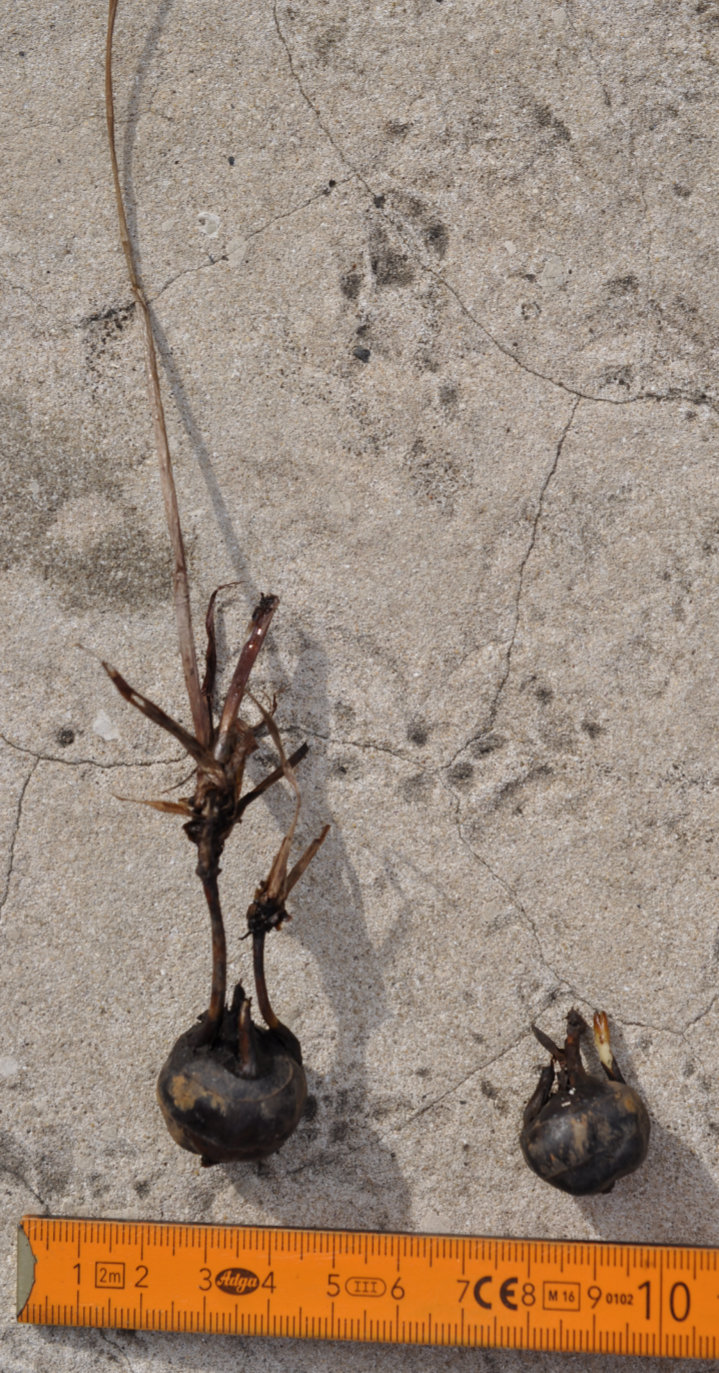
copyright © Kristi Ellinopoullos
Corms also have scale leaves:
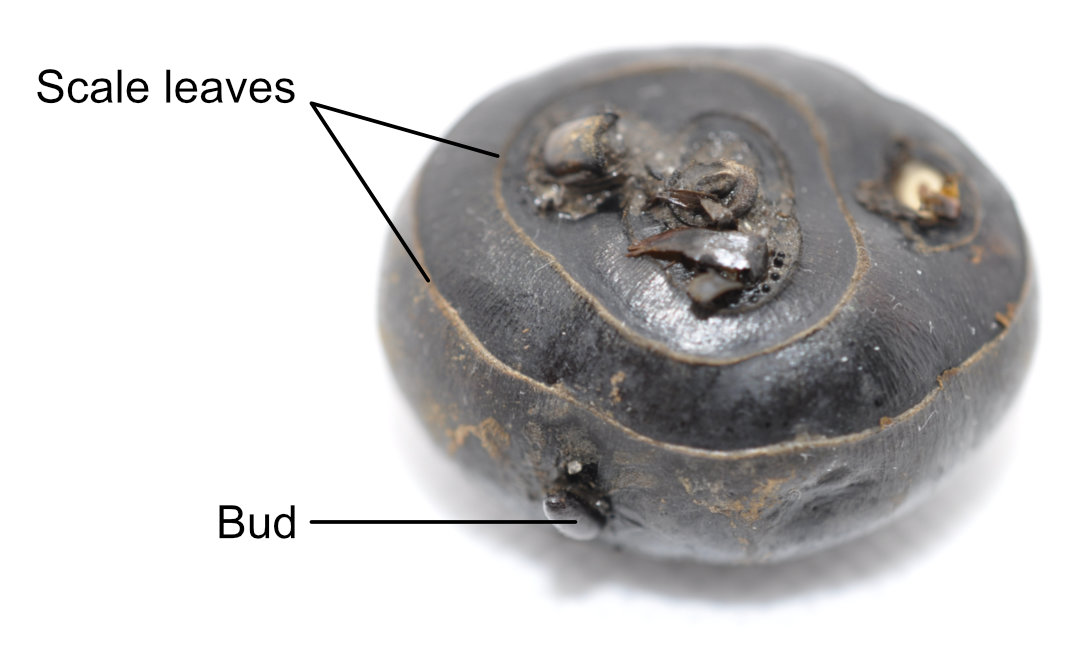
copyright © Kristi Ellinopoullos
And here is a longitudinal section, showing the more starchy solid tissue interior:
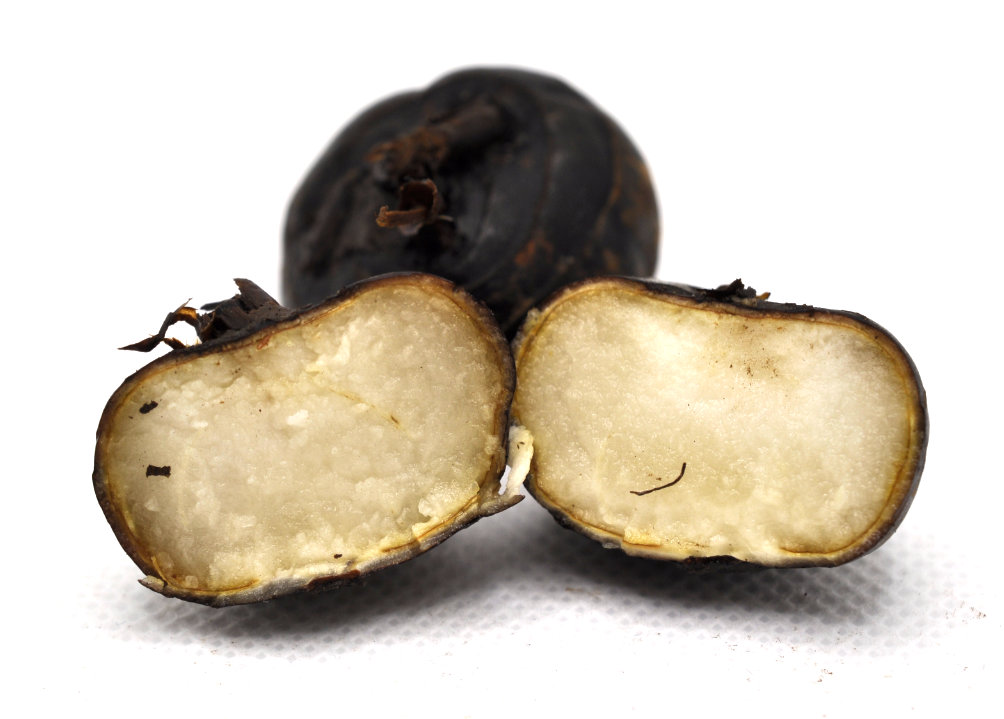
copyright © Kristi Ellinopoullos

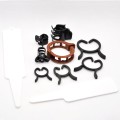
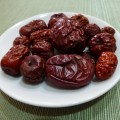
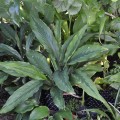
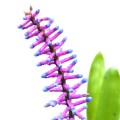
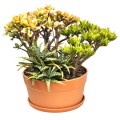
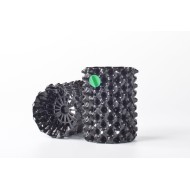
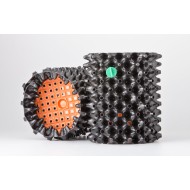
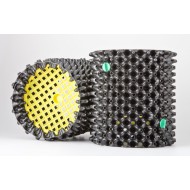
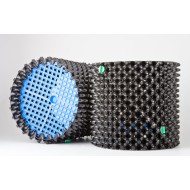
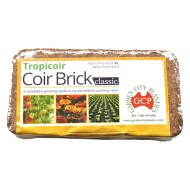
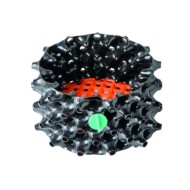
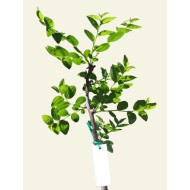
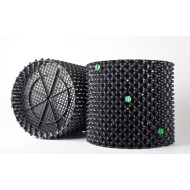
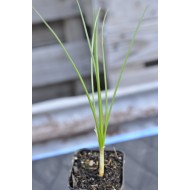
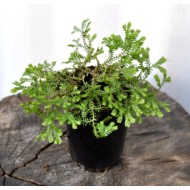
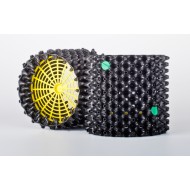
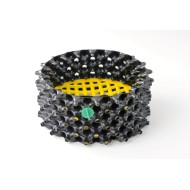
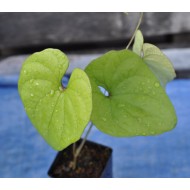
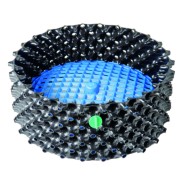
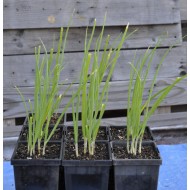
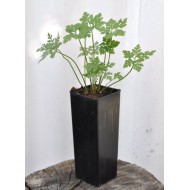
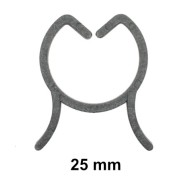
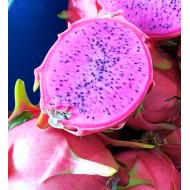

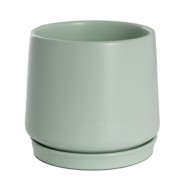
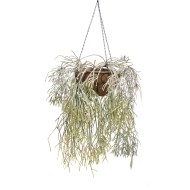
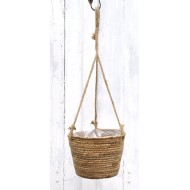
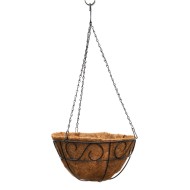
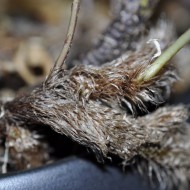
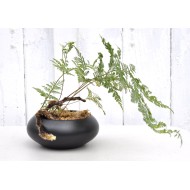
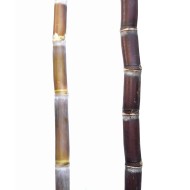
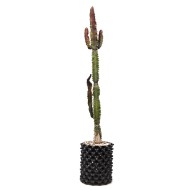
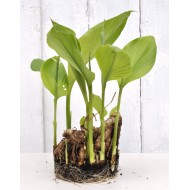
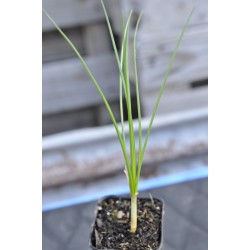
1 Comment(s)
Super helpful explanation Kristi, I have definitely learnt something today and won’t be mixing up my corms (or corns which autocorrect seems to) or bulbs. All this talk of saffron and water chestnut (that’s really a corm) is making me feel like Asian dinner tonight.
Thanks Helen! Hope dinner didn't disappoint :)
Leave a Comment